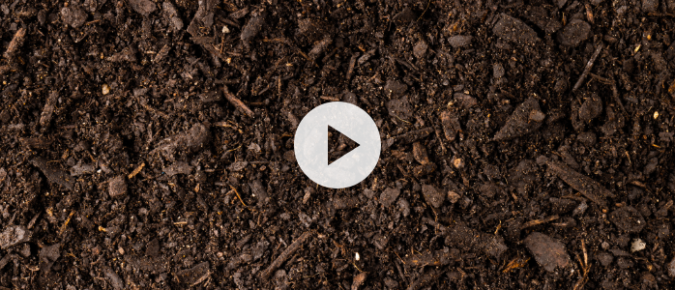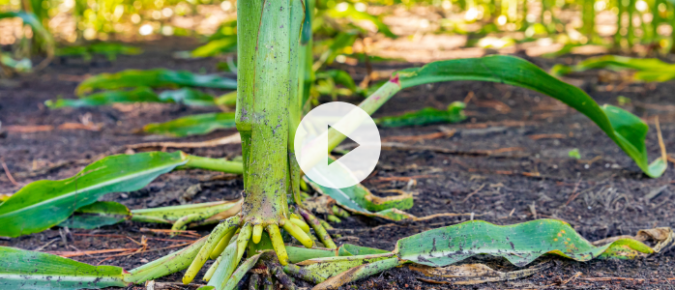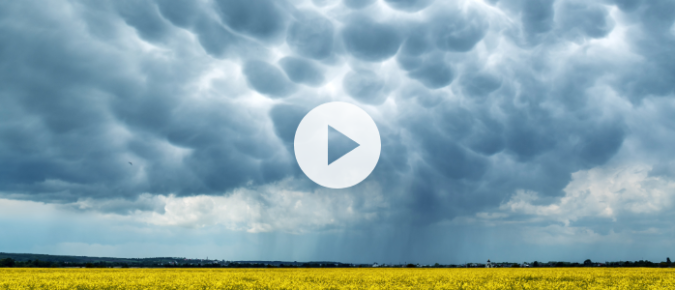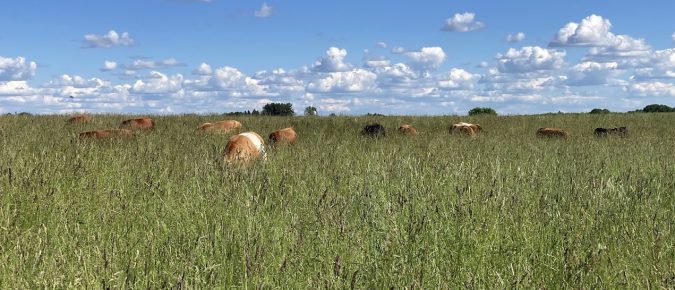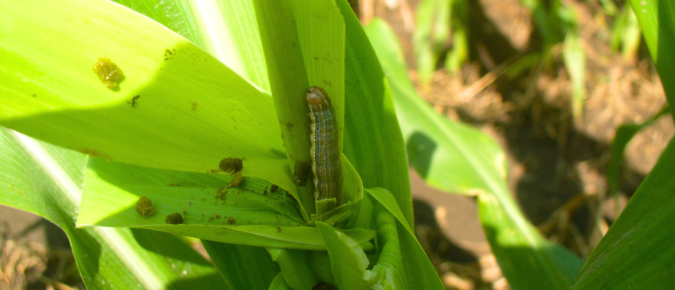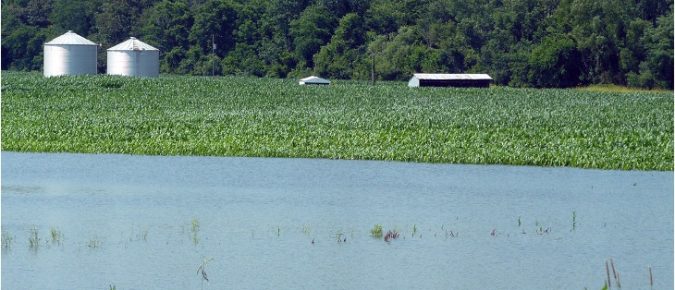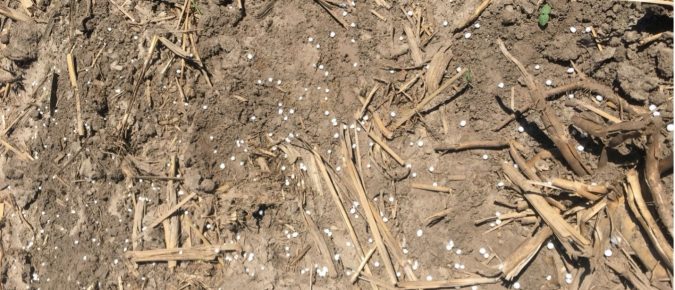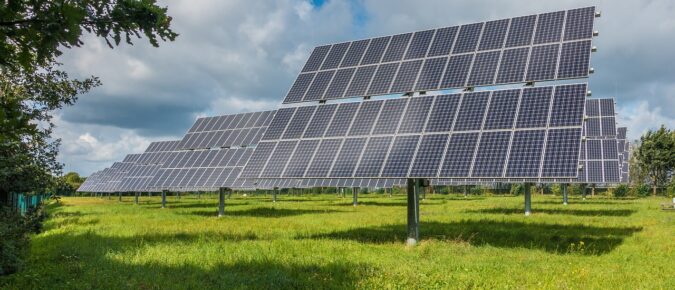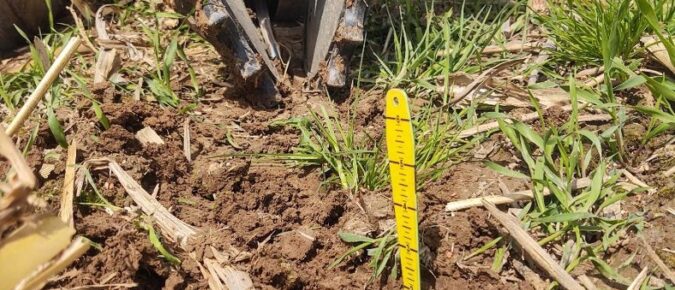Articles
▶ Watch: Soil fertility research at UW–Madison
The June 12 Badger Crop Connect webinar features Dr. Natasha Rayne, a new Extension faculty specialist in soil fertility. Dr. Rayne introduces us to her and her work and research in soil fertility.
▶ Watch: Fine tuning crop nutrients with PSNTs and plant tissue tests
The June 12 Badger Crop Connect webinar features Chris Clark, an outreach specialist in NE Wisconsin with the UW–Madison Extension Nutrient and Pest Management Program; Chris presents about pre-sidedress nitrate and plant tissue testing to help you capture a nutrient deficiency you don’t know about in your field this season.
▶ Watch: Wisconsin Ag Climate Outlook June 12
The June 12 Badger Crop Connect webinar featured Josh Bendorf, an ORISE Research Fellow with the USDA’s Midwest Climate Hub, giving a brief overview of weather and climate trends this growing season as well as an outlook for future weather patterns that may affect Wisconsin farmers.
Should I clip my pasture?
Each year the question “Should I clip my pasture?” rekindles an age-old debate at a pasture walk. The debate is never quite settled because there is no straightforward answer.
Managing True Armyworm in Wisconsin Corn and Small Grain Fields
True armyworm (Mythimna unipuncta) is a pest of corn and small grains known for migrating in large groups when its preferred food source is depleted. Pastures and grassy hay fields are also at risk of damage.
What happens to your crops in flooded fields?
Farming is a business that cannot avoid weather risks. A significant challenge farmers face is dealing with excessive water, especially flooded and saturated soil.
Ammonia loss from urea-containing fertilizers
Various soil and environmental factors such as soil texture, pH, cation exchange capacity (CEC), soil moisture, relative humidity and windspeed at the time of and directly following application affect ammonia volatilization. This article reviews soil properties and environmental factors that affect ammonia loss (AL) from surface applied urea and discuss management strategies to reduce AL from applied urea-based fertilizer.
Preliminary forage recommendations for grazing solar sites
The explosive growth of solar sites, especially large, utility-scale (>100 MW) sites that require state approval, has put solar in competition with agriculture for land use. Solar grazing increases land use efficiency, yielding two outputs—sheep products (meat/dairy/wool) and solar electricity—where there would otherwise be just one.
Precision Agriculture 101: Planting
The use and adoption of technology in crop production continues to accelerate as new tools are introduced to the marketplace at relatively affordable prices. The options and applications for precision agriculture technology during the planting season are extensive. To better understand the options available and their potential benefits we must be familiar with them and how they work.
▶ Watch: Early season field crop disease considerations
The May 22 Badger Crop Connect session features Dr. Damon Smith, Professor and Extension Specialist of Field Crops Pathology. Damon talks about the disease situation in field crops as the field season gets started.

